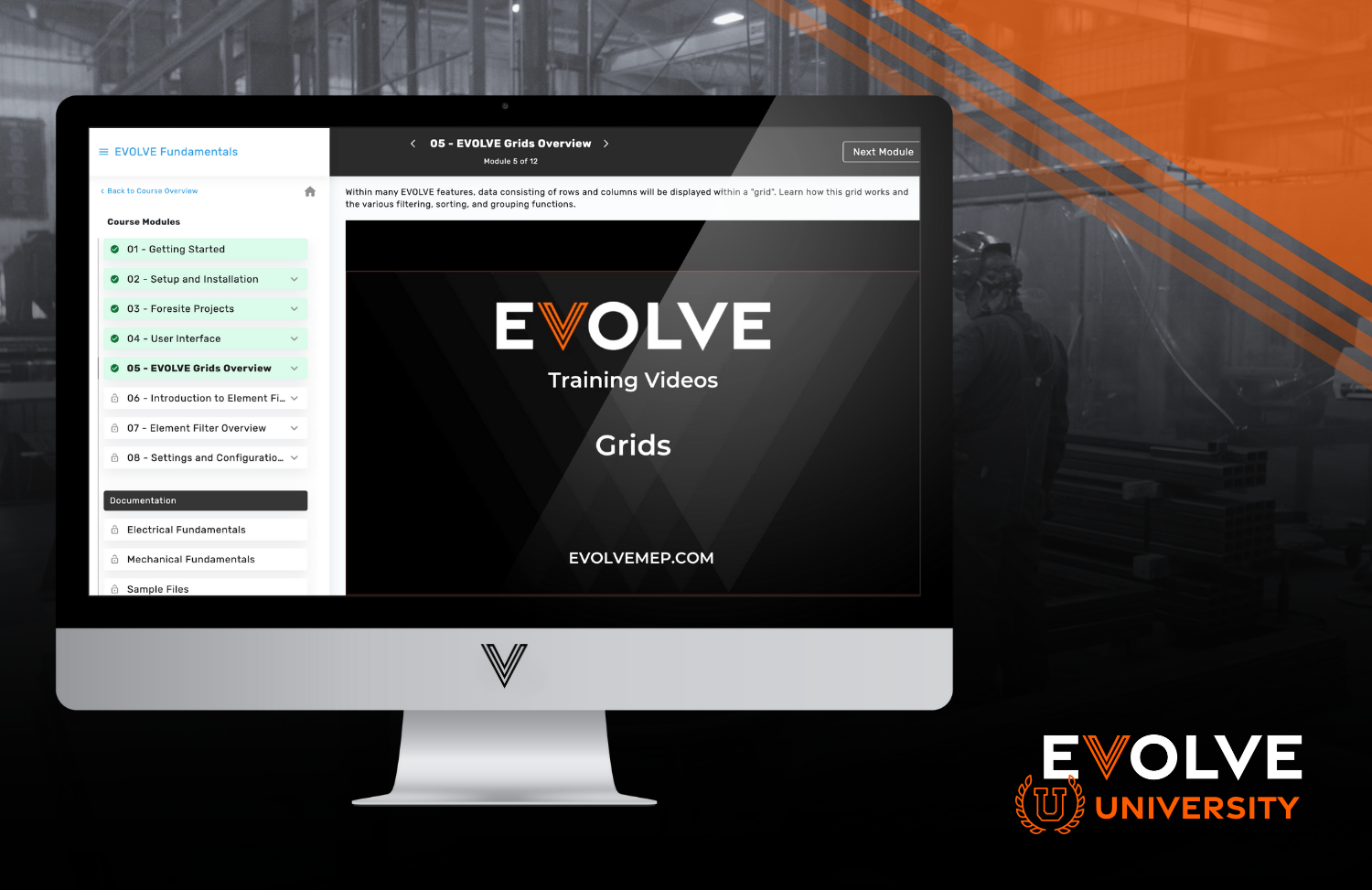It’s rewarding to see the finished product of a construction project you’ve put a lot of work into. But it can be less rewarding to see a buildup of the unnecessary expenses that could have been avoided in the process. From factory systems to nonphysical factors such as time, money, and energy, production processes can result in a lot of waste. While it is necessary to put an adequate amount of time, money, and energy into your construction projects, it will be beneficial to you and your company to eliminate waste. This article will discuss some things you can do to implement lean manufacturing in your construction business.
Defects are considered the most costly type of waste and can result in a company having to recover or salvage the product.
Overproduction can lead to wasted hours that could be used accomplishing something else. This can also result in obsolete inventory if loyal customers stop purchasing the product before it runs out.
Waitings can occur during line shutdowns when waiting for a new part or waiting on equipment to be repaired. There is also the waiting that occurs when a worker has to wait for a machine to process before moving on to the next step.
Not utilizing peoples’ talents can keep the company from growth and innovation. Additionally, it can lead to the loss of a talented worker who decides they can use their talents better elsewhere.
Transportation occurs throughout the manufacturing process, so it’s important that there is reliable transportation available and ready at all times.
Inventory includes finished goods, sub-assembly, raw component, office supplies and maintenance, and repair and operations. Unused inventory can affect each of these categories while taking up space and causing waste.
Motion can be wasted when a worker is bending, lifting, reaching, and walking in order to retrieve something.
Excess processing can be wasted when unneeded time, money, and energy is put towards factors that don’t affect the functionality of the parts being used.
Once you are aware of the different kinds of waste your company deals with, you can start working to improve and eliminate these waste. The first way you can eliminate waste is by preparing and coming up with an action plan to reduce waste.
Implementing lean manufacturing can be very beneficial for your construction business. When done the right way, lean manufacturing can not only help your company reduce waste and avoid unnecessary expenses, but it can also help your company to get more organized and complete projects efficiently and on time.
- Eliminate Waste
Defects are considered the most costly type of waste and can result in a company having to recover or salvage the product.
Overproduction can lead to wasted hours that could be used accomplishing something else. This can also result in obsolete inventory if loyal customers stop purchasing the product before it runs out.
Waitings can occur during line shutdowns when waiting for a new part or waiting on equipment to be repaired. There is also the waiting that occurs when a worker has to wait for a machine to process before moving on to the next step.
Not utilizing peoples’ talents can keep the company from growth and innovation. Additionally, it can lead to the loss of a talented worker who decides they can use their talents better elsewhere.
Transportation occurs throughout the manufacturing process, so it’s important that there is reliable transportation available and ready at all times.
Inventory includes finished goods, sub-assembly, raw component, office supplies and maintenance, and repair and operations. Unused inventory can affect each of these categories while taking up space and causing waste.
Motion can be wasted when a worker is bending, lifting, reaching, and walking in order to retrieve something.
Excess processing can be wasted when unneeded time, money, and energy is put towards factors that don’t affect the functionality of the parts being used.
Once you are aware of the different kinds of waste your company deals with, you can start working to improve and eliminate these waste. The first way you can eliminate waste is by preparing and coming up with an action plan to reduce waste.
- Lean Prep
- Flow of Work Processes
- Organize Using the 5S Organizational Method
- Promote Continuous Improvement
Implementing lean manufacturing can be very beneficial for your construction business. When done the right way, lean manufacturing can not only help your company reduce waste and avoid unnecessary expenses, but it can also help your company to get more organized and complete projects efficiently and on time.





